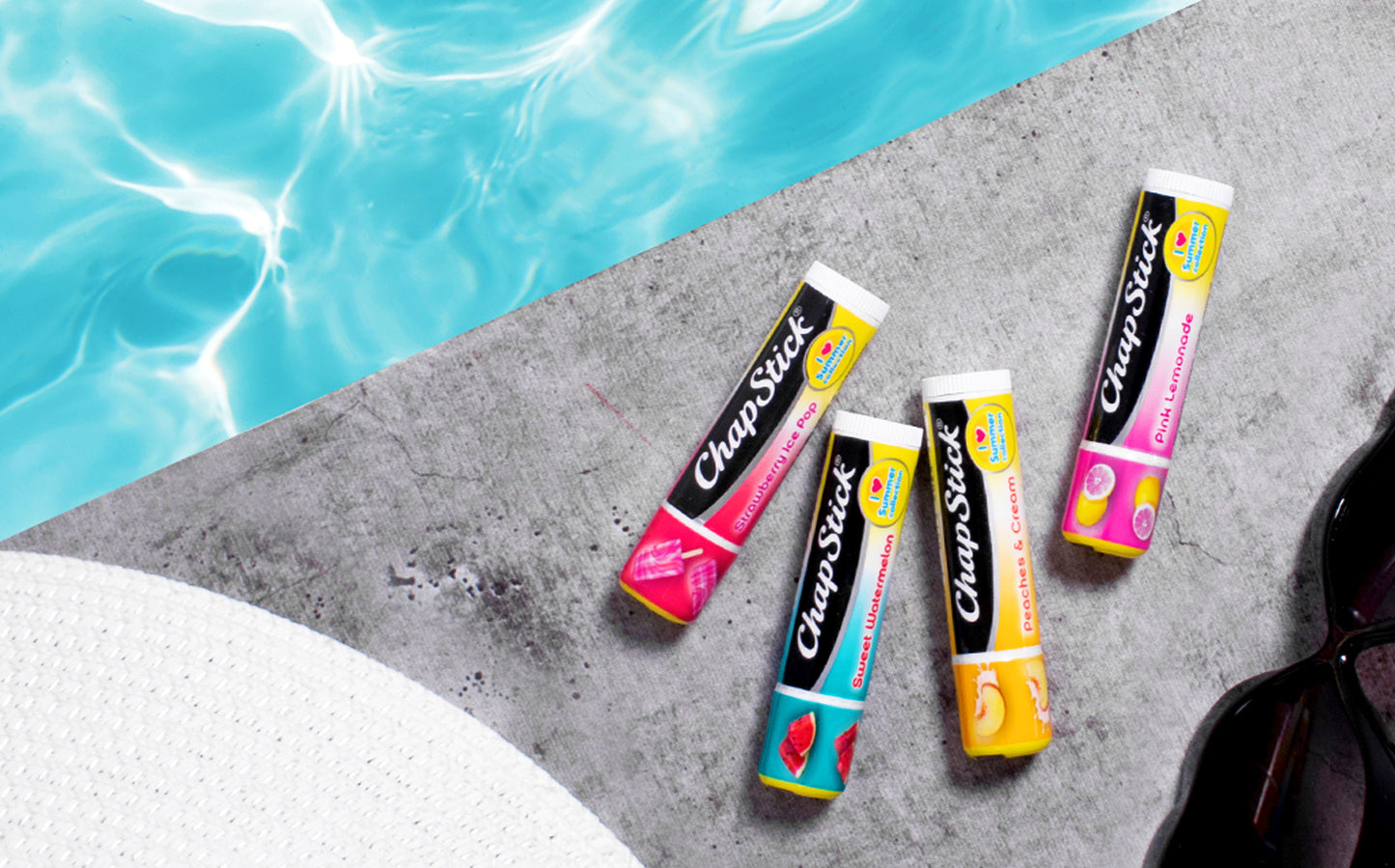
How Does Mineral Sunscreen Work?
When the weather warms up outside, people swarm to the outdoors to enjoy the warm weather while it lasts. To keep your skin healthy, select a suntan lotion with SPF that can best protect you from the harm of UV rays.1 When choosing a sunscreen, you may be evaluating different options. If you're exploring mineral sunscreens, learn how they differ from chemical sunscreens and how they protect your skin from the sun.
What's the Difference Between Mineral and Chemical Sunscreen?
Mineral sunscreens appear white and chalky, composed of titanium dioxide and zinc oxide. These ingredients form a barrier on your skin, reflecting UV light and preventing its absorption into the skin.2 Successfully inhibiting exposure from the sun can help minimize chances of sunburn and lower your risk from developing skin cancer.1
To improve quality of over-the-counter (OTC) sunscreens that are not regulated, the Federal Drug Administration (FDA) issued a proposal that allows certain OTC drugs to be marketed as 'generally recognized as safe and effective' (GRASE), depending on the ingredients they contain.3 The FDA recognizes both zinc oxide and titanium dioxide as GRASE to use, out of the other sixteen currently marketed ingredients. Mineral sunscreens offer more protection as they create a physical barrier between the sun and the skin.2
Chemical sunscreens come in cream and spray form. In contrast to mineral sunscreens, chemical sunscreens absorb sunrays.3 They change the chemical structure of UV rays to help reduce sun damage and release them from the body. Most chemical sunscreens can contain an array of one or more of the following ingredients:2
- Octinoxate
- Oxybenzone
- Cinoxate
- Dioxybenzone
- Ensulizole
- Homosalate
- Meridamate
- Octisalate
- Octorylene
- Padimate O
- Sulisobenzone
- Avobenzone
The FDA is continuing to research the efficacy of several ingredients included in chemical sunscreens. However, their 2019 proposal deemed two sunscreen ingredients unsafe:
- Aminobenzoic acid (PABA): Aminobenzoic acid, also referred to as Padimate O, is an oily yellow liquid used in sunscreens and cosmetics. Studies have demonstrated that it's toxic in four organs ' epididymis, spleen, liver and testis ' and causes skin irritation.3 Risks for PABA also include allergic and photo allergic reactions.4
- Trolamine salicylate: Risks for trolamine salicylate include the potential for serious bleeding and salicylate toxicity. Symptoms of salicylate toxicity include vomiting, hyperventilation, metabolic disturbances and more severe symptoms.3
Chemical sunscreen offers shorter term protection than mineral sunscreen.2 Chemical sunscreens should be reapplied every two hours to maintain their effectiveness.2 If you are running, active or swimming, you may need to reapply the sunscreen even more frequently.
How to Apply Mineral Sunscreen
Sunscreen is only effective when it's applied appropriately. When done right, it can help protect your skin from sunburn.5 To apply mineral sunscreen, dab the sunscreen along the area you want to protect. From there, rub the sunscreen in so that each dab is spread out to cover the whole area with an even layer. For the best results, always follow the product directions listed on the label.
Make sure to cover all exposed areas of your skin ' arms, shoulders, legs, chest, etc. ' that aren't covered by clothing.5 If you need help reaching certain areas of your body, ask a friend or family member to assist with your application. You should also make sure to apply sunscreen to your scalp, especially if your hair is thinning. Your lips can also be affected by the sun. Apply a lip balm that provides protection. ChapStick Active 2-in-1 locks in moisture with nourishing shea butter, aloe and Vitamin E and has SPF 25 to offer you sun protection you can see.
When you want to go outside, make sure you leave plenty of time to apply and absorb sunscreen. Sunscreen should be applied 15 minutes before heading outside to prevent sunburn.5
Other Forms of Sun Protection
Outside of sunscreen, there are other ways to offer yourself sun protection to help prevent the harmful effects of UV radiation.1 UV protection is necessary all year, however, your exposure to the sun may increase in summer months.1 As you are navigating the outdoors this summer, try to minimize the effect of the sun with these additional, precautionary measures:
Wear Clothing
Although it is tempting to wear less clothes during a warm day, clothing is important to minimize exposure.6 By covering your body, you are limiting areas that UV rays can harm your body.6 Wear long-sleeved clothing, include pants, skirts and shirts, to provide protection from harmful UV rays.6 Additionally, consider wearing long-brimmed hats. Wide hats can offer shade and protect areas of your body, such as your face, ears and neck.6
Seek Shade
If you can, avoid direct exposure to the sun.6 Walk through shady areas under trees or anything else that offers protection. If you are by the beach, bring an umbrella to sit or lie under.6 Reduce your sun exposure so you can enjoy the warm weather and avoid any damaging effects.6
Mineral sunscreen along with additional precautionary measures can help reduce the negative health risks from sun exposure. For more health and wellness advice, visit ChapStick's News Nook.

